Artist: Deep Purple Album: The Book of Taliesyn
Year: 1968Duration: 1:05:26
Delving into the Depths of Deep Purple's The Book of Taliesyn
Deep Purple, a British rock band that achieved worldwide success in the 70s, is a household name for rock music enthusiasts. Their transition from progressive to hard rock paved the way for modern rock music to thrive. The Book of Taliesyn solidified their position in the music world with its unique sound and experimental approach. In this post, we'll take a critical look at the album, the band's history, the genre of the album, the best songs of the album, and the most innovative parts of the album.
Deep Purple was formed in 1968, consisting of Jon Lord, Ritchie Blackmore, Ian Paice, Nick Simper, and Rod Evans. They started off with a progressive rock sound, which was popular at the time, and released their debut album, Shades of Deep Purple. The Book of Taliesyn was their second album and showcased their evolution towards a heavier and more experimental sound. They experimented with different genres like classical music and jazz, which shone through on tracks like Wring That Neck and Anthem.
The genre of The Book of Taliesyn is difficult to pinpoint as it combines elements of different genres like psychedelic rock, progressive rock, and hard rock. The album created an incomprehensible atmosphere that challenged the audience to experience the music beyond the surface. The use of Jon Lord's organ in combination with Ritchie Blackmore's guitar made for a distinctive sound that defined Deep Purple's music.
The best songs of the album include the opening track Listen, Learn, Read On, which sets the tone for the entire album. The other standout tracks are Wring That Neck, a jazz-inspired instrumental, Kentucky Woman, a cover of Neil Diamond's song with a Deep Purple twist, and River Deep, Mountain High, a powerful ballad that showcases Rod Evans' vocal range.
One of the most innovative parts of the album is the use of classical music in Shield. The track starts off with a classical piano intro, which then moves onto a classic rock sound with organ and guitar. The transition from one genre to another is seamless, showing the band's mastery of blending different genres.
Despite its innovativeness, some critics argue that The Book of Taliesyn falls short in terms of cohesiveness and consistent quality. The tracks are experimental but do not connect well, leading to a disjointed listening experience. There are also instances where the experimental approach seems excessive or unnecessary.
In conclusion, The Book of Taliesyn is an experimental album that showcases Deep Purple's evolution towards a heavier and more innovative sound. The album combines elements of different genres, creating a unique sound that defines the band's music. The standout tracks and innovative parts of the album make it a must-listen for classic rock enthusiasts. However, the album falls short in terms of cohesiveness and consistent quality. Despite its flaws, The Book of Taliesyn is a testament to Deep Purple's experimentation and creativity.
In conclusion, The Book of Taliesyn is an experimental album that showcases Deep Purple's evolution towards a heavier and more innovative sound. The album combines elements of different genres, creating a unique sound that defines the band's music. The standout tracks and innovative parts of the album make it a must-listen for classic rock enthusiasts. However, the album falls short in terms of cohesiveness and consistent quality. Despite its flaws, The Book of Taliesyn is a testament to Deep Purple's experimentation and creativity.
Deep Purple albums
Other #Progressive rock albums:
SIMILAR BANDS
balls, from 1 to 5, describe similarity between the two bands
SOMETHING NEW? LISTEN TO RADIOGENRE
SUGGESTED PLAYLISTS

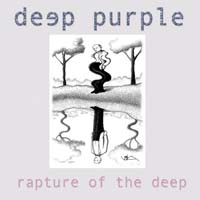

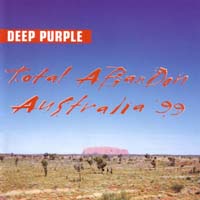
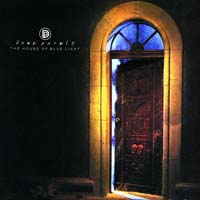
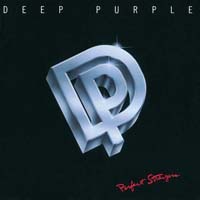
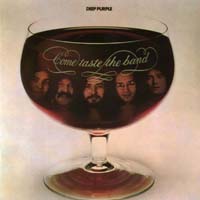


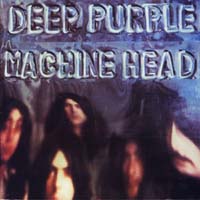
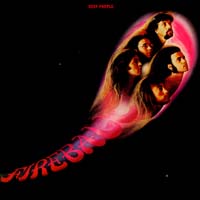
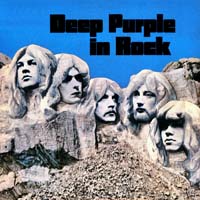
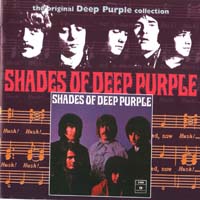

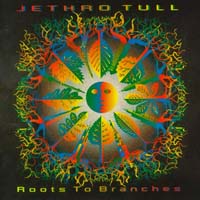
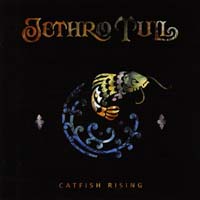
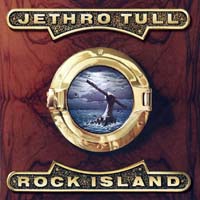
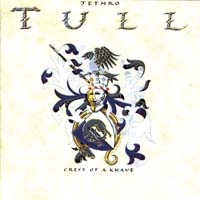

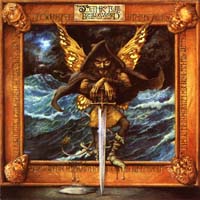
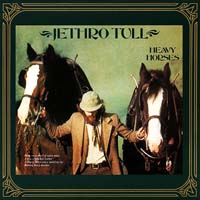
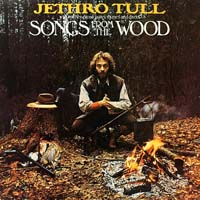
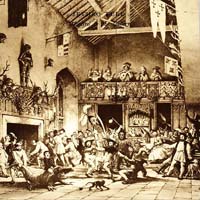
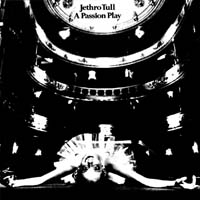
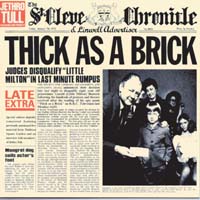
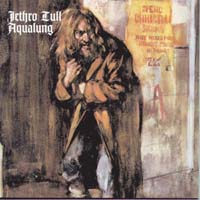

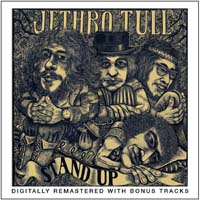
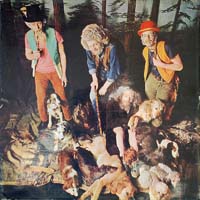

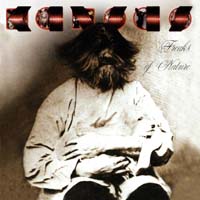
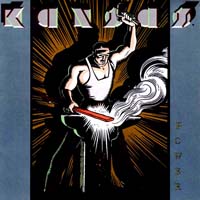

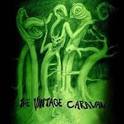
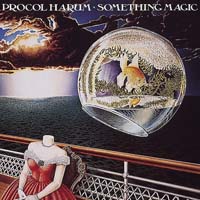
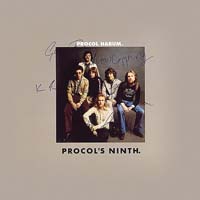
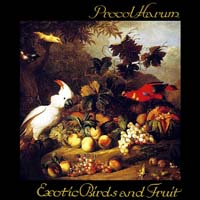
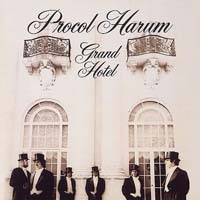
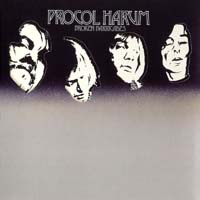
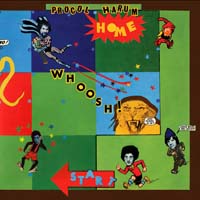
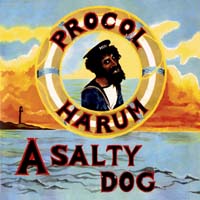

 Techno hardcore
Techno hardcore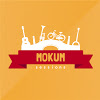 Mokum Sessions
Mokum Sessions Trip hop
Trip hop Hard rock
Hard rock Kurdish Music
Kurdish Music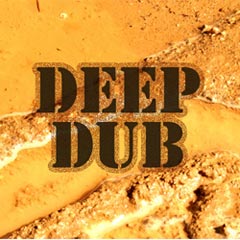 Deep dub
Deep dub Jazz
Jazz Nu jazz
Nu jazz Swing
Swing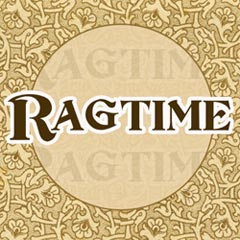 Ragtime
Ragtime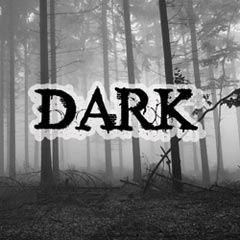 The very best of dark wave
The very best of dark wave Old skool hip hop
Old skool hip hop Breakbeat: dance battles
Breakbeat: dance battles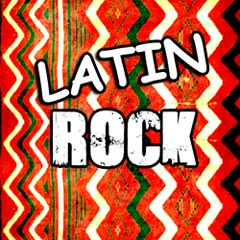 The very best of latin rock
The very best of latin rock The perverted North
The perverted North Just before the sunrise
Just before the sunrise The very best of post grunge
The very best of post grunge The very best of flamenco
The very best of flamenco The very best of drone doom metal
The very best of drone doom metal The very best of ska
The very best of ska